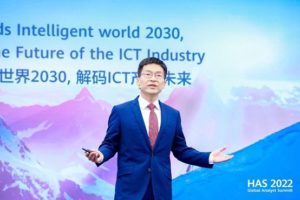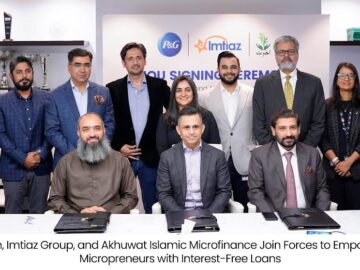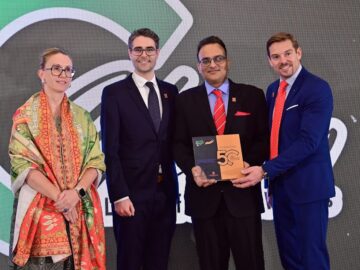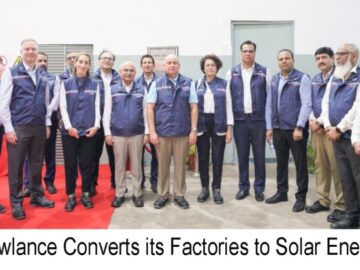
At the 2022 Huawei Global Analyst Summit, Huawei held the Intelligent World 2030 Forum together with industry partners.
Huawei presented the research and achievements of the communications network and computing industries and called on industry players to work together to realize Huawei’s future vision detailed in its Intelligent World 2030 report. Released last year at Huawei Connect 2021, Intelligent World 2030 explores the major technologies and advances that will define the next decade in the format of four industry reports and one main report, which includes eight outlooks and forecasts for 32 indicators of the future.
Intelligent World 2030 is the culmination of three years of research, including in-depth exchanges with more than 1,000 academics, customers, and partners, and a total of 2,000 workshops. The report also draws from the data and methodologies of leading industry organizations across the globe.
At the forum, Gavin Gai, President of Huawei ICT Strategy & Business Development Dept, delivered the keynote speech Building Green, Cubic Broadband, and Intelligent Future Communications Networks, giving a detailed analysis of the six defining features of the communications networks of the future. These are cubic broadband networks; harmonized communication and sensing; deterministic experience; AI-native; security and trustworthiness; and green, low-carbon construction and operations. He also gave a detailed analysis of the future of the communications industry.
“Industries are the foundation of the intelligent world. The Communications Network 2030, Computing 2030, Digital Power 2030, and Intelligent Automotive Solution 2030 reports provide insights into the technology trends of these respective industries, and can serve as a reference for industry development in the future,” said Gai at the Forum. “It is our relentless pursuit of a superior experience that drives innovation and evolution in communications networks. We are about to witness the change from tens of billions of connections between people to hundreds of billions of connections between things.”
Jiang Tao, Vice President of Huawei’s Computing Product Line, delivered the speech Building a Green, Integrated, and Collaborative Foundation for Intelligent Computing.
“By 2030, the computing industry will be characterized by physical-layer breakthroughs, cognitive intelligence, diversified computing, intrinsic security, multi-dimensional collaboration, and green, integrated computing,” said Jiang. “The digital and physical worlds will be seamlessly integrated, and computing will be able to simulate, reproduce, and enhance the physical world.”
Also present at the event was Tian Yonghong, IEEE Fellow and Chief Technology Engineer of Peng Cheng Cloud Brain. In his speech, Tian said that through building super AI computing, Peng Cheng Laboratory is creating an innovation engine for the intelligent world. He reported how AI is changing the way the economy grows and approaches to science and technology innovation, adding that the super intelligent computing platform his organization is creating will address top global challenges.
Other guests at the event included those involved in leading the Intelligent World 2030 project. Kevin Zhang, CMO of Huawei’s ICT Infrastructure Business, and Wang Youchun, Director of Huawei’s ICT Insights Dept, shared their thoughts on the intelligent world of 2030, participated in discussions about how ICTs can advance socioeconomic and green development, and explored how industries can move toward the intelligent world of 2030.
Much of the discussion at the event centered on digitalization and decarbonization, and how these two major trends drive and reinforce each other, both serving as engines of the world’s green development. Intelligent World application scenarios, innovations in computing and connectivity technologies, and green development practices were also discussed at the event.










